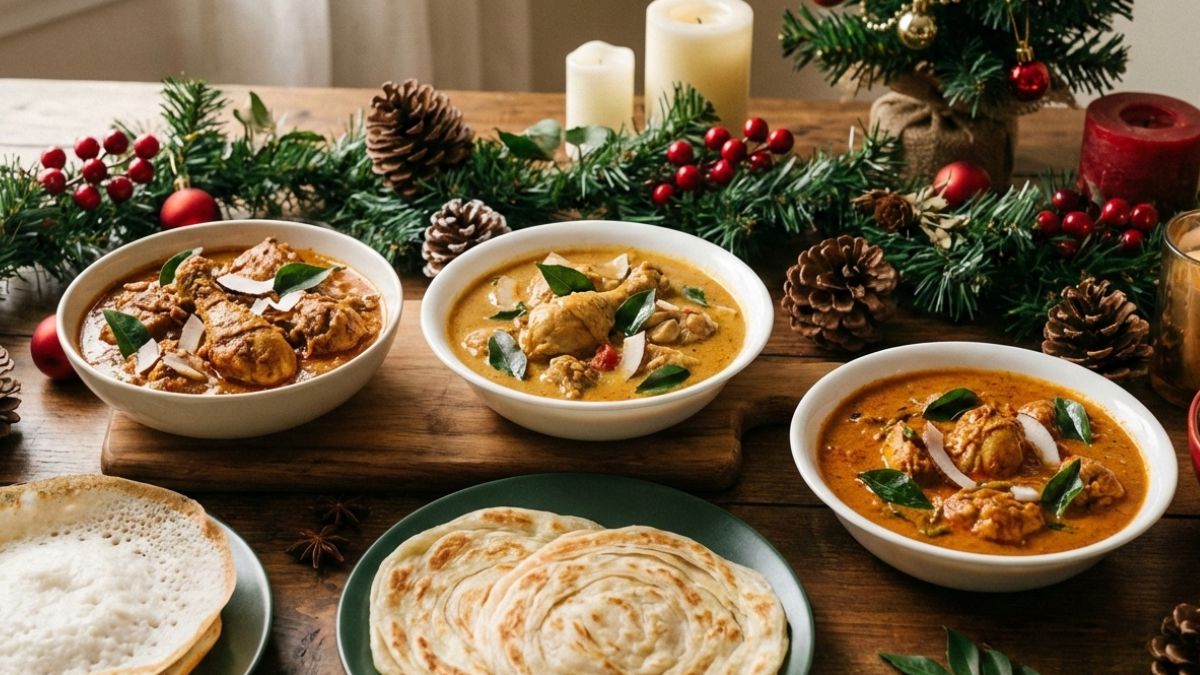There are, of course numerous, recipes to make Meethe Chawal at home. It is also known as Zarda Pulao, which is said to be Persian in origin. The word 'zarda' comes from the Persian word 'zard', which means yellow, referring to the colour it obtains when the rice is cooked with pure saffron. Although today, in India, Meethe Chawal is largely associated with Punjabi cuisine.
You can use different varieties of rice, but Basmati is a preferred choice, for its long grains, which add to the appeal of the dish. Some even like to use scented rice like Jeera Samba or Govindo Bhog. Comparisons are often drawn between Meethe Chawal and Kheer, but they are quite different. While both use rice as one of the main ingredients, unlike Kheer, Meethe Chawal requires no milk.
The rice is soaked for sometime and then sautéed in ghee along with nuts, cardamoms and sugar, water is added to it, and it is then left to cook in 'dum' style to let the flavours develop. Before setting it for dum, most people layer the rice with dry fruits, dates and saffron water or colouring, and just before serving, gulab jal is added for aroma. Some recipes instruct to add the sugar while layering the rice for dum, and also to add in other ingredients like grated carrots, grated coconut, orange juice, among others.
Are you craving for some Meethe Chawal? Well, this easy-to-make dish is also perfect for sudden hunger pangs. Not only is it delicious but immensely satisfying too. Here's a recipe by Chef Suman Mishra for you to try at home -Meethe Chawal.













